|
||
View from the Foothills of FranceSome personal views on living, working,
bringing up family and making the dream happen in the most beautiful region of France. View from the Foothills of France also includes some personal and professional thoughts and tips on finding and buying the perfect property in the Ariège and Haute Garonne regions. Recent PostsArchives
Categories
Privacy & Cookies: This site uses cookies. By continuing to use this website, you agree to their use.
To find out more, including how to control cookies, see here: Cookie Policy |
By nadia, on 14th September 2023 Comments are closed By nadia, on 13th July 2023 As the temperatures steadily rise at this time of year, the French head to the water; either to the seaside, or to one of the many inland lakes dotted around France. Here in the Ariège, we are lucky to be able to choose either the Atlantic coast or the Mediterranean for a day trip or short break but closer (and more appealing in summer when the coasts are packed) are the beautiful mountain lakes and the crystal-clear rivers and streams high in the Pyrénées. These run directly from their mountain springs, starting as trickles which turn to streams and gradually increase in size as they make their way downwards, augmented by the snowmelt and creating beautiful waterfalls, eventually becoming rivers as they descend down to the valleys. With the popularity of wild water and cold-water swimming, many more people have begun to appreciate the benefits and enjoyment of swimming in natural water sources but, it is often tempered with the worry about the quality of the water in many parts of the world. This is the advantage of the mountain lakes and rivers here which are very close to their source; natural springs rising up from deep inside the mountains, high in the unspoiled Parc Naturel Régional des Pyrénées Ariègeoises, above the villages and away from all agriculture and crops and hence unlikely to be polluted. The only disadvantage (as far as I am concerned) is that the mountain lakes can be freezing cold and the rivers are still also pretty chilly, certainly in the early summer, while the final snow is still melting. But now that cold-water immersion is a ‘thing’ and apparently very good for our health, there is even more reason to head up on a hot day to swim or paddle in some of the most beautiful wild water spots to be found anywhere. Plus, unlike at the beach, there are no crowds, and you can always find your own, completely private, secret spot complete with waterfall, swimming pool, flat rocks for sitting and stony beach areas, perfect for picnics.
If you are thinking of buying a property in France or would like help with your property search, please get in touch: nadia@foothillsoffrance.com
Comments are closed By nadia, on 13th June 2023 As in many countries around the world, French mortgage rates are starting to rise. During 2022, mortgage interest rates rose from the 50-year low of 1.05% in December 2021 to 2.5% in December 2022. Currently it is still possible to find a mortgage offer at 2.95% fixed rate over 20 years but there is talk of another rise in the Euribor possibly reaching 3.849% by December 2023 according to the ECB. However, despite the rises this year, mortgages are still good value in France compared to many places and, because the majority of house buyers take out a fixed rate for the term of the mortgage, there is much more stability in the housing market here than in, for example, the US and the UK. The other metric for buyers to take into account is of course house prices which have also increased across the whole of the Occitanie region since 2020. However, they are also predicted to stabilise in the next year. Rural house prices rose by a national average of 5.7% last year according to SAFER but with significant differences between departments. That compares to annual prices increase of 9.3% in 2021. In the Occitanie region, prices increased most slowly in the eastern side of the region; up 1.9% in the Hérault region. In contrast, further west, prices in the Gers region rose 8.8%, and 9% in the Haute Garonne region (not including city prices in Toulouse) with the largest increase in the Ariège at 18%. From these figures, it seems that buyers are looking at more rural and unspoiled regions and wanting a less hot and dry climate which would match with my own experience of client searches during the last two years. So far this year, the housing market has felt very buoyant in this region with far more buyers than there are decent properties for sale. Will this change? Let me just clean off my crystal ball… If you would like help or advice in finding your French property, please get in touch: nadia@foothillsoffrance.com or 0033 6 45 23 62 48 Comments are closed By nadia, on 1st May 2023 The Haute-Garonne and Ariège regions in southwest France are known for their breathtaking landscapes and unspoiled natural environment and have always attracted new arrivals looking for a better quality of life. However, in recent years, the region has also become a popular destination for an even rarer visitor looking to set up home here; storks (cigognes in French). The storks that have arrived in the Occitanie in recent years are mainly white storks, which are known for their distinctive white plumage and black wing feathers. These birds are migratory and travel to Europe from Africa during the breeding season in search of suitable nesting sites and food sources. In recent years, many storks have diverted from their usual migratory routes and chosen to make the Haute-Garonne and the Ariège their home for the breeding season. One of the main reasons seems to be the abundance of food sources in the area. The region is home to numerous small mammals, which make up a large part of the stork’s diet. Additionally, the Garonne River and its tributaries provide a plentiful supply of fish, which is another important food source for these birds and the region’s mild climate and large areas of open land make it an ideal site for these birds along with the availability of suitable nesting locations. Storks prefer to nest on tall structures such as chimneys, rooftops, and poles, and the region has plenty of these. Despite their popularity among birdwatchers and nature enthusiasts, storks have not always been welcome in France. In the past, storks were seen as pests and were hunted for their meat and feathers. However, attitudes towards storks have changed in recent years and most locals generally have a positive view of the storks, seeing them as a symbol of nature and an important part of the region’s heritage. The local authorities have taken steps to protect stork populations, including providing nesting platforms (particularly to encourage them away from tall pylons where there is the danger of electrocution). Many people are also involved in efforts to protect and support stork populations, such as building nesting platforms and monitoring their breeding success. There are currently estimated to be around 300 stork pairs in the Occitanie region and, as populations in neighboring regions continue to grow, it is likely that stork populations in this region will also increase in the coming years. Indeed, it now appears that some birds seem not to be migrating at all, preferring to stay in the region all year-round – like many of us immigrés who have moved here, they have realized they have found the perfect place to live. Let’s hope that they thrive in the region for years to come. If you are also looking for your perfect nest in the foothills, please get in touch: nadia@foothillsoffrance.com Comments are closed |
For further information please contact us:
Social MediaWeather |
|
Nadia Jordan is an Agent Commercial en Immobilier for Maisons et Manoirs / SIRET 401777602 / No TVA FR51-401777602 / Carte Professionnelle no259T(Gers) Copyright © 2024 Foothills of France - All Rights Reserved Log in Powered by WordPress & Atahualpa %d |
||

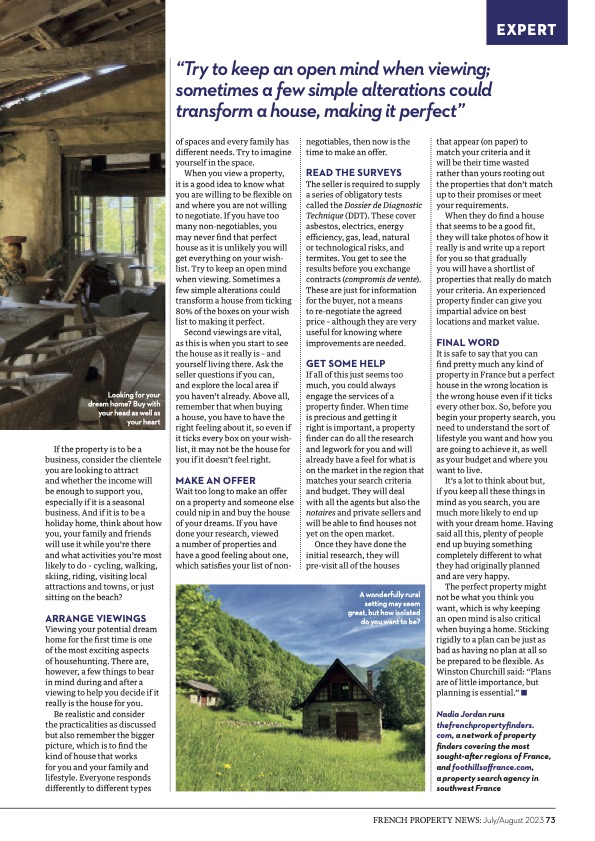
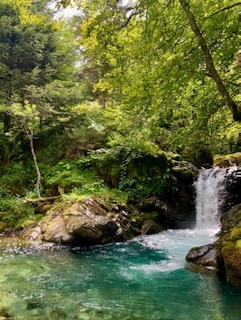
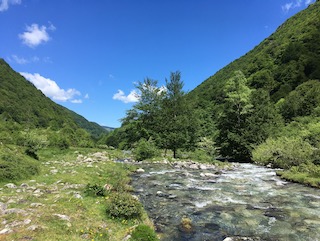

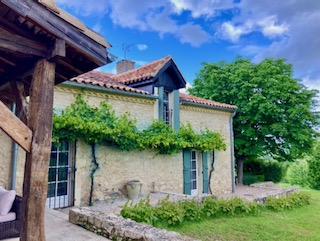
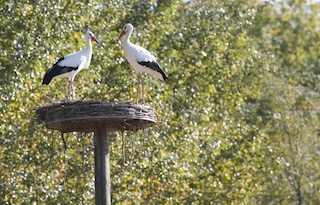





You must be logged in to post a comment.